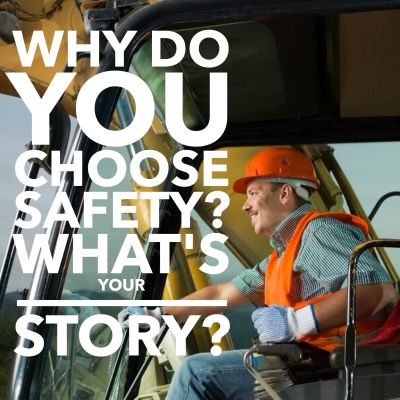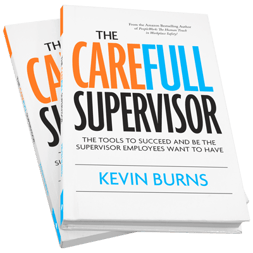Zero is more than a measurement. It is a philosophy.
Zero has become a divisive term. There are those who believe in Zero and there are those who believe that Zero cannot be sustained. Speak out loud your belief in Zero and you open yourself to attack from those who believe that Zero cannot sustain - and vice versa.
Both sides look at Zero as a result. But Zero is more than a measurement. It is a philosophy. If you truly believe in safety, you ultimately believe in Zero.
“Safety Second” doesn’t roll off the tongue as a strong corporate value. “Be almost safe” doesn’t inspire anyone to take safety seriously. But how often do you see organizations celebrating “almost safety?” Industry-average safety performance does not inspire anyone to embrace safety as a personal value. Acceptable risk is not acceptable. Companies preach Zero Harm. But do they really mean it?
Read More











